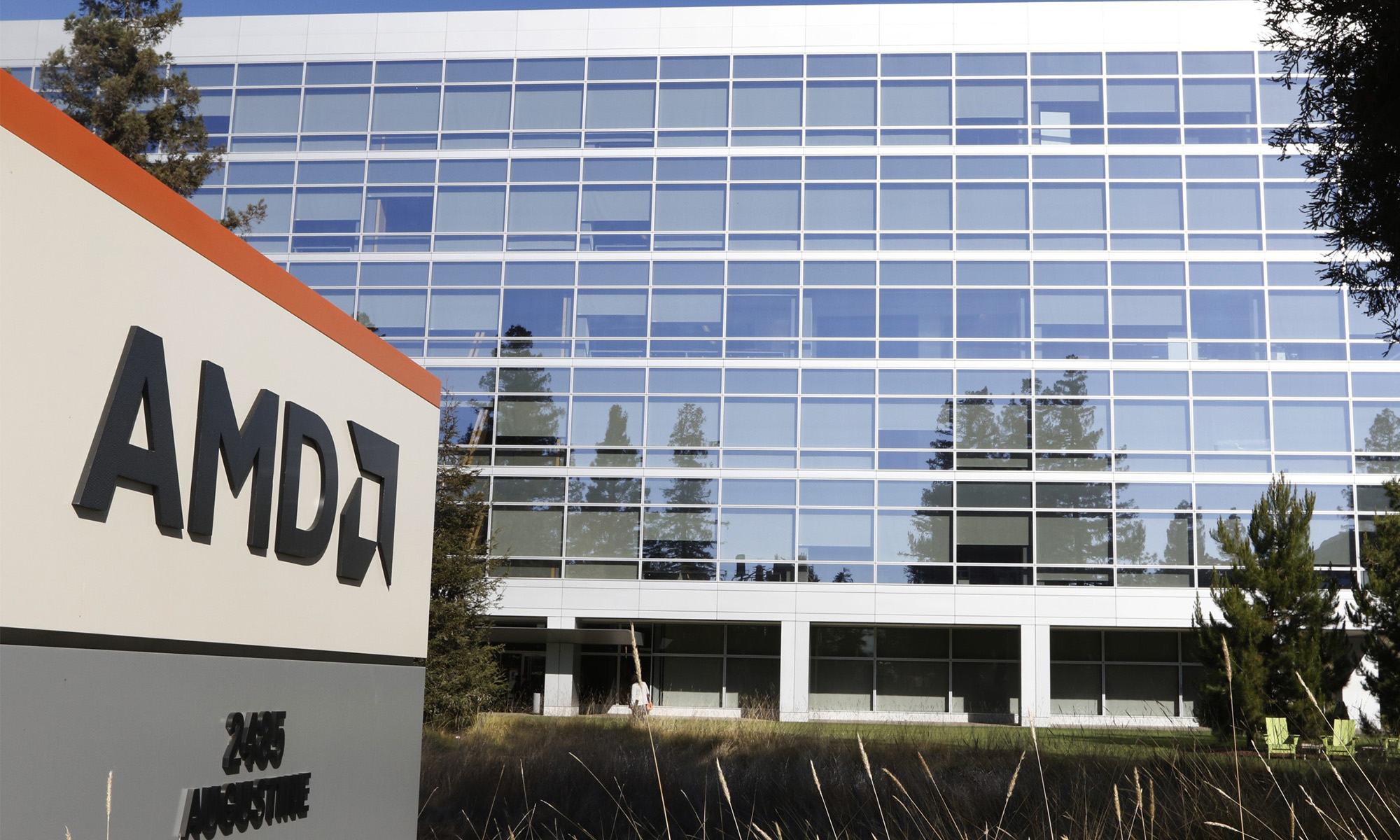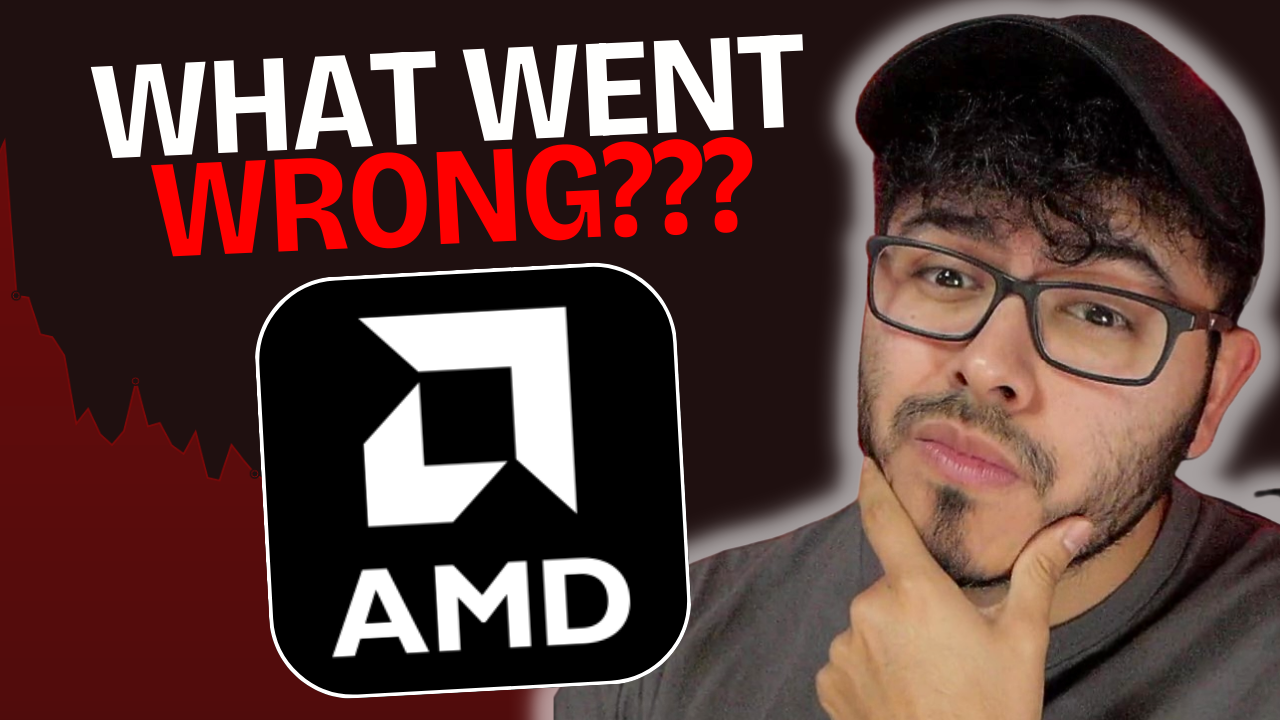Graphics chip company NVIDIA (NVDA 0.05%) surprised just about everyone when it reported its second-quarter earnings last week. The company had previously guided for an 8.4% year-over-year decline in revenue, driven by an extremely weak PC market. Rival Advanced Micro Devices (AMD 0.67%) also launched new graphics cards during NVIDIA's second quarter, bringing competition back to the high end of the market.
Instead of posting a revenue decline, however, NVIDIA managed to grow revenue by 5% year over year during the second quarter. NVIDIA's gaming GPU business held up far better than even the company expected, with gaming revenue rising 59% year over year, driven by high-end products like the GTX 980 Ti.
Sales to PC OEMs fell dramatically, as expected given the weak PC market, but NVIDIA is far less dependent on OEMs today compared to even a few years ago. I argued a few weeks ago that NVIDIA would be able to weather a weak PC market far better than other PC-dependent companies, and its second-quarter results seem to bear that out.
Bad news for AMD
NVIDIA's results also tell us something about AMD's newest graphics cards. AMD launched its Radeon 300 series of cards on June 18, essentially a refresh of its previous Radeon 200 series. The company also launched its high-end Fury X graphics card on June 24, providing a competitor to NVIDIA's GTX 980 Ti. With NVIDIA's second quarter ending on July 26, the last third of the quarter was subject to this influx of new competition.
I see no sign that AMD's launch had any negative effect on NVIDIA's results. In fact, the latter's gaming revenue actually accelerated during the second quarter compared to the first, when gaming revenue grew by just 25% year over year. It seems that AMD's new cards, at least in their first month, have failed to disrupt the status quo. That's a problem, because AMD's PC business is currently suffering massive losses.
There are a couple of factors worth mentioning. First, the entire Radeon 300 series is just a refresh based on previous GPUs, with modest improvements in performance. These cards range in price from $109 to $429, compared to a $649 price tag for the high-end Fury X, so this is where most of the volume of AMD's GPU business takes place. While NVIDIA has launched brand new mid-range graphics cards in the recent past, like the GTX 960 in January, AMD's lack of anything fundamentally new at these prices could be having a negative effect on sales.
Second, actually buying the Fury X is easier said than done. More than one month after launch, Newegg.com is still completely out of stock of the Fury X. The Fury X uses a completely new GPU, Fiji, and it's the first graphics card to use High Bandwidth Memory, so it's not all that surprising that AMD is reportedly having some serious problems supplying enough chips to meet demand. The GTX 980 Ti actually performs slightly better than the Fury X for the same price, according to Anandtech, so frustrated gamers may be turning to NVIDIA.
Assuming that AMD gets its supply problems fixed, the company may have better luck in the second half of the year. But as it stands, NVIDIA doesn't appear to be feeling any heat at all from AMD's latest product launch. In fact, the shortage of the Fury X may actually be driving gamers to the GTX 980 Ti, potentially giving a boost to NVIDIA's results.
NVIDIA's strong second-quarter results demonstrate that the gaming PC market is largely detached from the PC market as a whole, and NVIDIA's dominant share of the discrete GPU market has allowed it to perform well despite tumbling PC sales. For AMD, it's been an entirely different story.







